The first part of the series can be read here. The Fnatic tournament run of 2014 had permanently calcified them into the pantheon of God-tier teams, winning five international tournaments in dominating fashion. This culminated by making a grand-final appearance at the biggest tournament of the year – ESL One: Cologne 2014. Individually, they presented some of the strongest threats possible. As a team, they had a map pool that commanded respect and mid-round calls by pronax that defied belief. There was no question that they were the number one team of the year; however, in their last two LAN showings, both the Frenchmen in Titan and LDLC, and Poles in Virtus.pro staged a coup d’état to make Fnatic look mortal. Best-of-three LAN losses to both LDLC and Virtus.pro, combined with a close series against Titan, had closed the gap between Fnatic and the world. The first event of 2015 – MLG X Games Aspen – signaled the downfall of the orange and black behemoth early. Losses to LDLC, NiP, and Dignitas, led to a fourth place finish and the end of their streak as the best team in the world. LDLC – soon to be known as EnVyUS – had a more impressive tournament resume and form over the last three months, and it appeared that the new year would bring new changes to the top end of the scene. Despite tumultuous online results, Fnatic entered the very stacked IOS Pantemara Challenge, with a fervour to win. In their hometown of Stockholm, Fnatic rose through the playoff bracket and group stage games like Dante rising through the seven levels of hell, beating their French demons in EnVyUs and Titan to win the title. They managed to even weather the storm of KennyS at his absolute peak, where he achieved an unheard of 50 kills and still lost to the Swedes – the true embodiment of Sisyphus. With their past troubles stamped out and left to simmer in contempt at the return of the Swedes to the number one spot, Fnatic needed to look forward as the first major of 2015 was coming right around the corner.
In their hometown of Stockholm, Fnatic rose through the playoff bracket and group stage games like Dante rising through the seven levels of hell, beating their French demons
Although Fnatic had reclaimed the throne from the Frenchman, it was by no means with the same level dominance as before. Last time, they had a clear star in KrimZ and supporting cast of JW and Flusha to bolster the firepower of the squad; however, this time around there was no clear-cut standout player. What was even more troubling was that Fnatic had yet to even win a major. Despite their sith overlord status and pedigree, a lack of any victory at a major remained as an unfortunate tarnish on an otherwise flawless record. In other words, Fnatic had the throne, but no king to fill its spot or crown to place upon his head. In Katowice not only would a Swedish King emerge, but a tyrannical one at that, a controlling force that would become so consistent and versatile, that till this day his run of form as the best player in the world remains not only as the longest, but also the most decorated. The King’s name was olofmeister and his coronation ceremony began in Katowice. After tearing through the group stage, quarter-finals and semi-finals, not even dropping a map and only really looking in trouble once, Fnatic squared off against NiP in the Grand Finals. The Ninjas in Pyjamas magical ability to find round, after round and eek out wins in painfully close games was a hallmark of their tournament runs – but true Kings don’t believe in magic. Olofmeister’s place on the stage in Katowice was unassailable, posting 80 kills across the three maps played, and achieving these kills against an Aleksi “allu“ Jalli and Christopher “Get_Right” Alesund in prime form. The foundation of his CS:GO kingdom was built through Fnatic’s win at Katowice over NiP. With now a Major title against their name, their position at the top was undeniable. Through all the previous stars of this iteration of the Fnatic roster, whether had been JW with his ostentatious display of flicks and hyper-aggressiveness or the mind-reading capabilities of flusha and KrimZ in clutch situations, olofmeister’s greatness wasn’t as obvious. Although he still had a highlight reel to rival the best of them, his ability to play in any situation, at any time, with any gun, and in any map, made him the most versatile player in the history of the game. He wouldn’t drop thirty kills every game as you might expect the best player in the world to, but his presence on the Fnatic team added extra dimensions that made them a truly impenetrable force. In a team known for it’s CT side holds, olofmeister could walk out onto sites and with the help of JW destroy teams on T-side. What where Fnatic’s weakest maps, Olofmeister made his own. Overpass, Cobblestone, Train, the back-end of their map-pool, made dangerous by Olofmeister’s speciality. What’s more, whether it be a pistol, rifle, or sniper, Olofmeister would find a way to a frag. Not even being the best AWPer on his team, he could compete with the world’s best. He filled in any chinks in Fnatic’s armour and remained at his peak of form for the longest period of time the game had ever known. The only period of time that Fnatic ever looked mortal was when a Danish force came in the summer and rocked the boat. Formerly Dignitas, then known as Team SoloMid (TSM), looked to be the only kryptonite to Fnatic’s run of power. They were the sole force standing between Fnatic and a total domination of the international LAN’s between their win at Katowice and the next major at Cologne five months later; five months, ten international tournaments. Through the unheard of meteoric rise of Nicolai “dev1ce” Reedtz and his consistent performance that even saw him briefly take the top spot from olofmeister as the best player in the world, TSM managed to stop Fnatic winning 4/10 of these international events, whilst they watched from the crowd as the Swedes won 5/10 of the rest. This resistance from TSM is considered a “slump” in the Fnatic roster history. This really does show how great this team is as whilst in their slump they never finished lower than top four at a tournament and still won three massive LAN’s that most teams would murder to have on their resume. So, as the international tournament circuit slowed down in anticipation of the biggest event in the history of CS:GO – ESL One: Cologne 2015 – Fnatic remained poised as favourites to be the first roster to ever hold back-to-back major titles.
Team Solo Mid (TSM), looked to be the only kryptonite to Fnatic’s run of power. They were the sole force standing between Fnatic and a total domination
With Virtus.pro proving to be the only small hurdle in their tournament run, Fnatic quickly found themselves at the precipice in the Grand Finals, facing against a brand new EnVyUs roster. This modern EnVy was a revolutionary and disruptor force in Fnatic’s rule of the land. They bought a new, loose style that relied on the aim of their star-studded roster and force buys when it seemed foolish. This newly formed French team had been on a blistering, white hot run of form with this unpredictable style that had taken the rest of the scene off-guard; but they still had the Kings in their path to a Major title. The first map of the series – Dust II – has gone down as one of, if not the greatest single map of 2015. It epitomised the contrasting usurping style of EnVyUs and the poised traditionalist style of Fnatic in spectacular fashion. Down seven rounds with the score at 14:7, Fnatic were down and out for the first game and as to let a last wave of calmness wash over them, a tactical timeout was called. In the round following this timeout, KrimZ pulled off one of the most otherworldly three man sprays of the year to begin Fnatic’s vanguard comeback. Not even the bastion of AWP’ing glory in KennyS could save the French side from a momentum-driven Fnatic. They quickly came back to win in overtime and then quickly dispatched of an emotionally crushed EnVyUs on the second map to claim their second Major title, in back-to-back fashion. With now the resume to back up the hype, it was unquestionable that Fnatic were the greatest team of all time; whereas NiP’s run as the world’s best was done to the sound of fan’s cheers and love, Fnatic’s run was danced to the orchestra of hate, jealousy and accusations. They were antagonised, feared and on top, but it was all the same to the Swedes, as no matter whether you loved them, hated them or neither, you had to recognise and respect the greatness of what that team had achieved in just thirteen months. If history tells us anything though, it’s that the position of power is never held by a handful of people forever. The number one spot has an incessant ebb-and-flow that can never truly stop, but only occasionally slow for a team worthy of it. Three tournaments in consecutive fashion saw Fnatic looking on as another team lifted the trophy. Mild tournament inactivity even corroded the stainless components of the Fnatic machine, as the team they beat on an emotional level – EnVyUs – at Cologne went on an unstoppable burn through the scene, taking the number one position away from the Swedes. This foreboding swap of positions did not have the community in high hopes for Cluj-Napoca. olofmeister was no longer in dominant form, the traditional big game player flusha had no big game to play in and both JW and KrimZ were suffering slumps of their own. Although the memory of their slump at the start of the year was distant, the Fnatic dynasty was now mortally wounded and in danger of slipping away.
olofmeister was no longer in dominant form, the traditional big game player flusha had no big game to play in, and both JW and KrimZ were suffering slumps of their own.
At Cluj-Napoca, watching the crumble of a behemoth was neither pleasant nor elegant. A changing of the guard was happening, it was a time for a new era of CS:GO. In the group stage, the plucky underdogs who would themselves go on to win back-to-back titles and become the best team in the world – the Brazilians, Luminosity – threw a left hand that stunned Fnatic and left them wondering how they had a loss next to their name. The final knockout punch would come, in suiting fashion, from EnVyUs. A 2:1 series that had the last map, cache – a Fnatic favourite – end at 16:2. This was simply a fizzling end to a team once so great. Although when pronax left the side and former LGB teammate dennis joined, a taste of the old Fnatic graced the palettes of analysts and fans alike with their six tournament win streak over the New Year, it really wasn’t the same. This new Fnatic didn’t have the same level of control as the last one, they had bought into the new popular “free-for-all” style that had destroyed the old line-up and whilst effective at getting scrappy wins, they never had any poise or elegance to the style. That is, in the end what I think that 2014-15 Fnatic roster really embodied – poise, elegance, grace and finesse. They had a specific way to win games, everyone knew what this way was, but yet no one could beat them. So whether you want to attribute this to the dynamic metamorphism of their firepower over the lifespan of the team, with the label of star changing to every fragger on the team at some point, or to their insane diversity in map pool and in-game situations, or to their ability to never feel pressure in big games and always make a comeback, or a combination of all these reasons – I think it’s impossible to argue against their success and the dynasty that those Swedes created.
What are your thoughts on Fnatic’s 2014-2015 run? Do you think a team will ever dominate like Fnatic once did? Let us know in the comments below or by tweeting us on Twitter – @GAMURScom. Photo Credit: Father Ebenezer Written by Max Melit – @max_melit


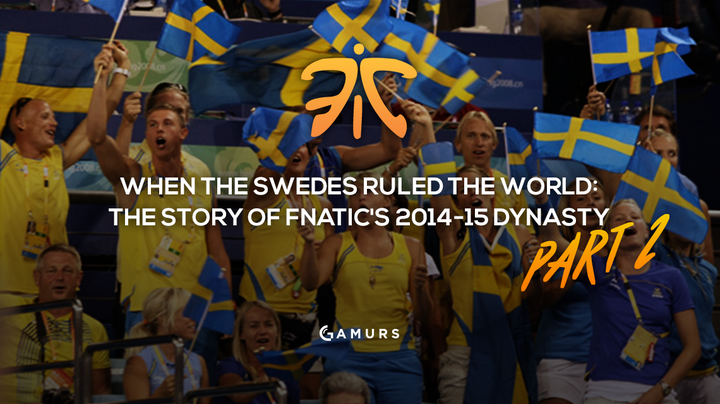
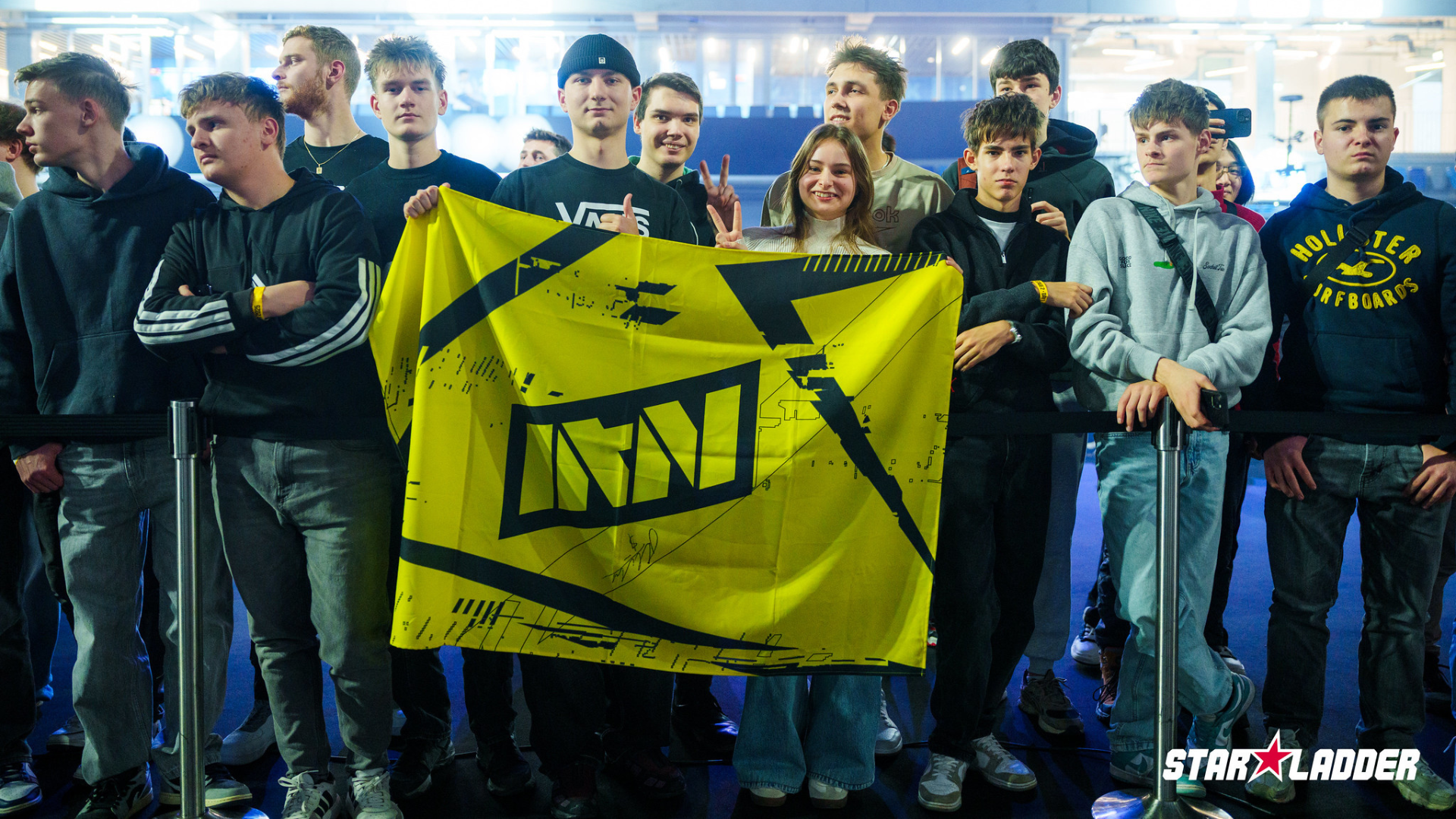
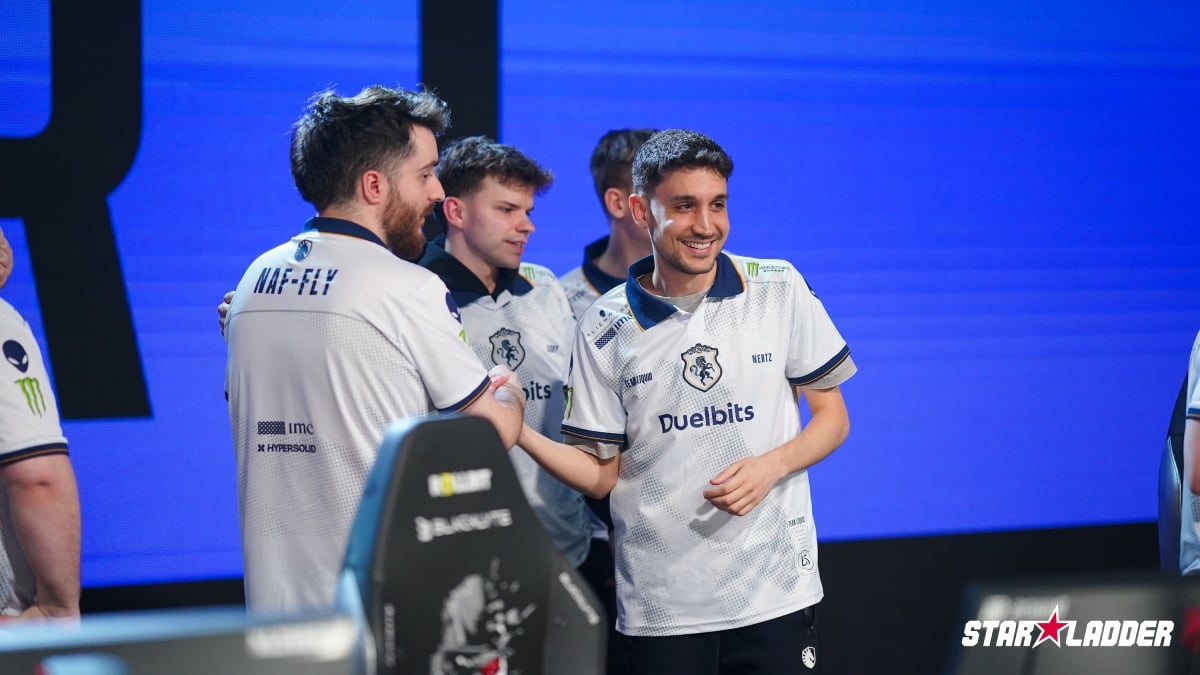
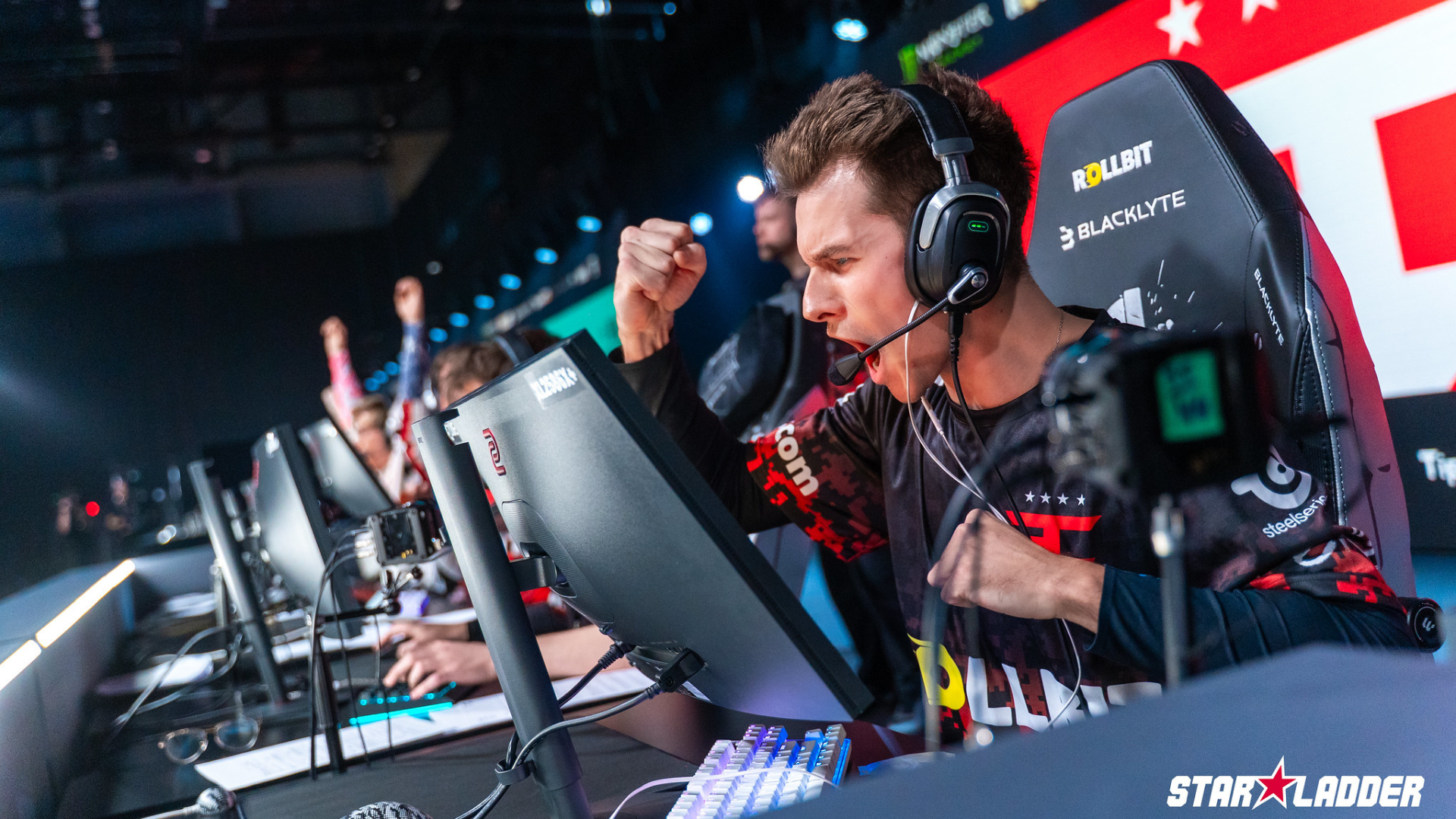
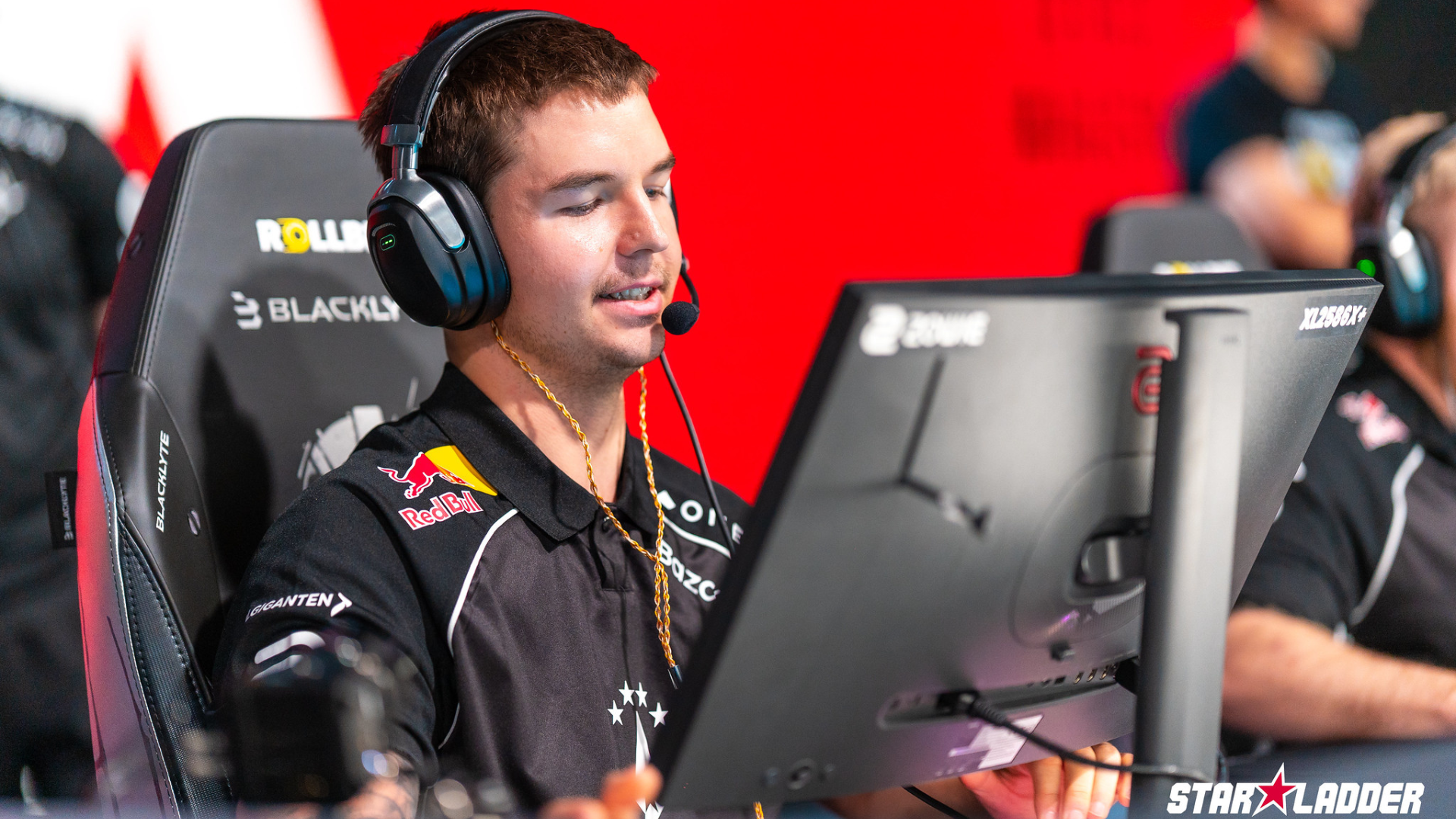
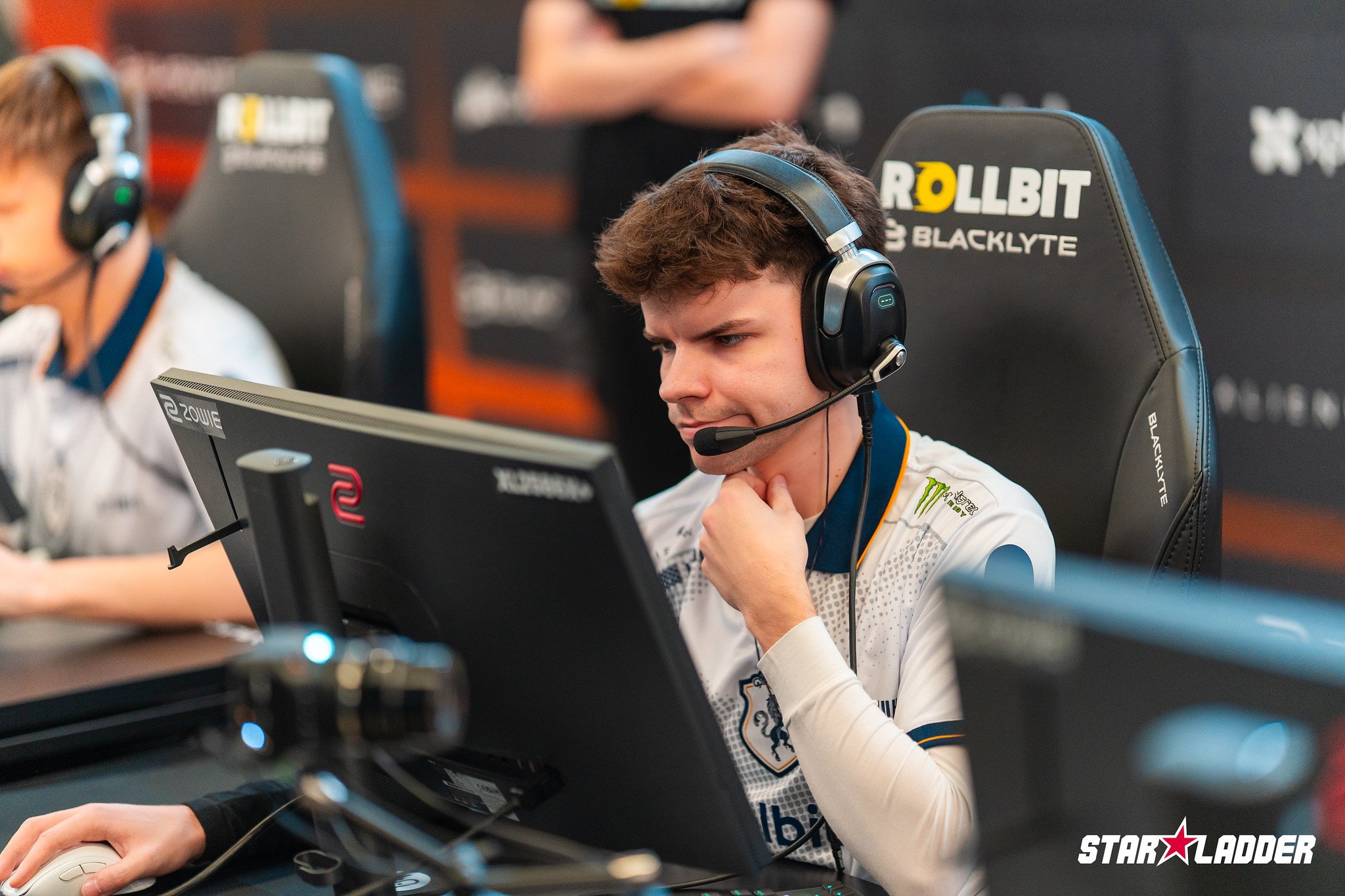

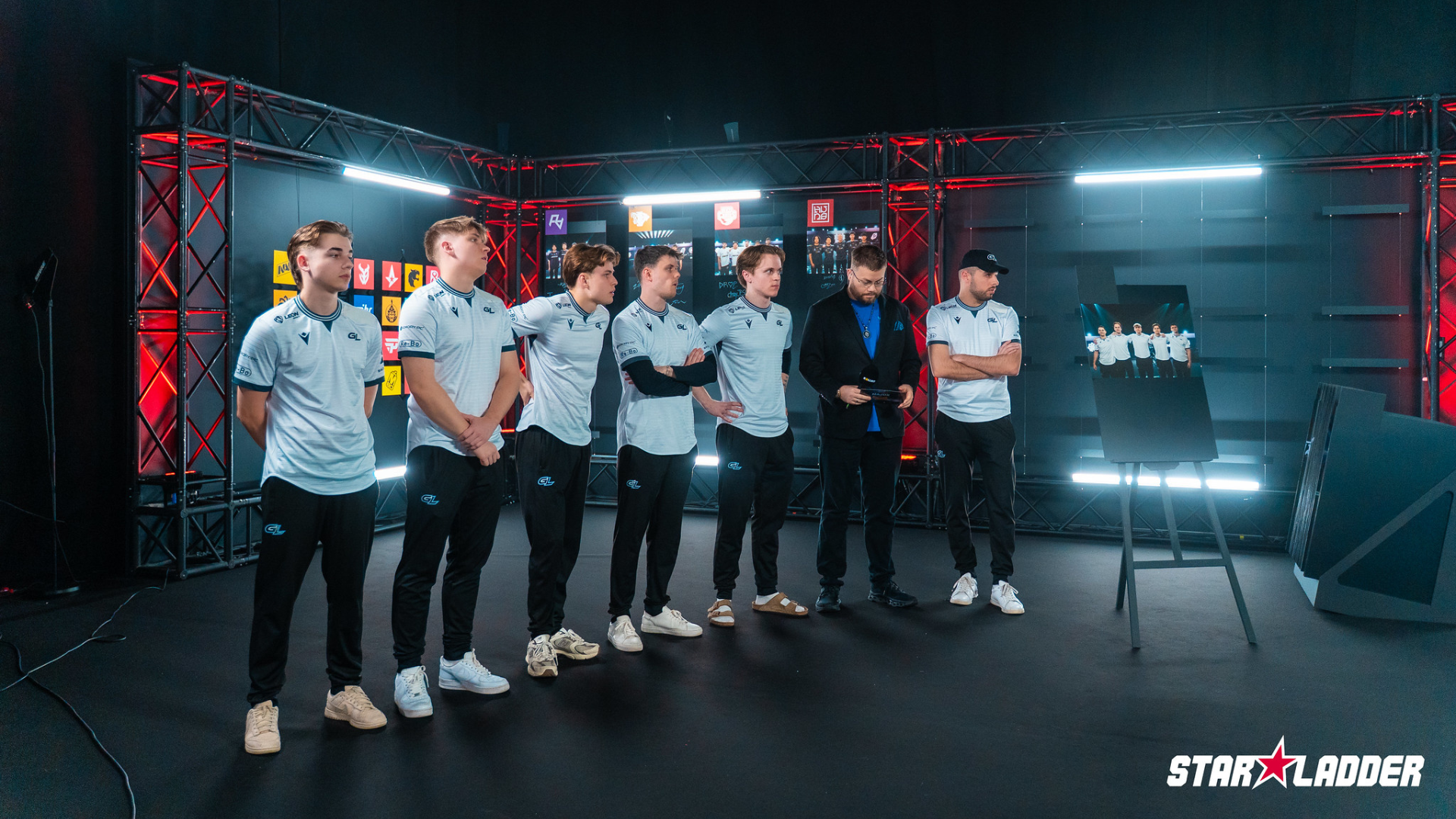
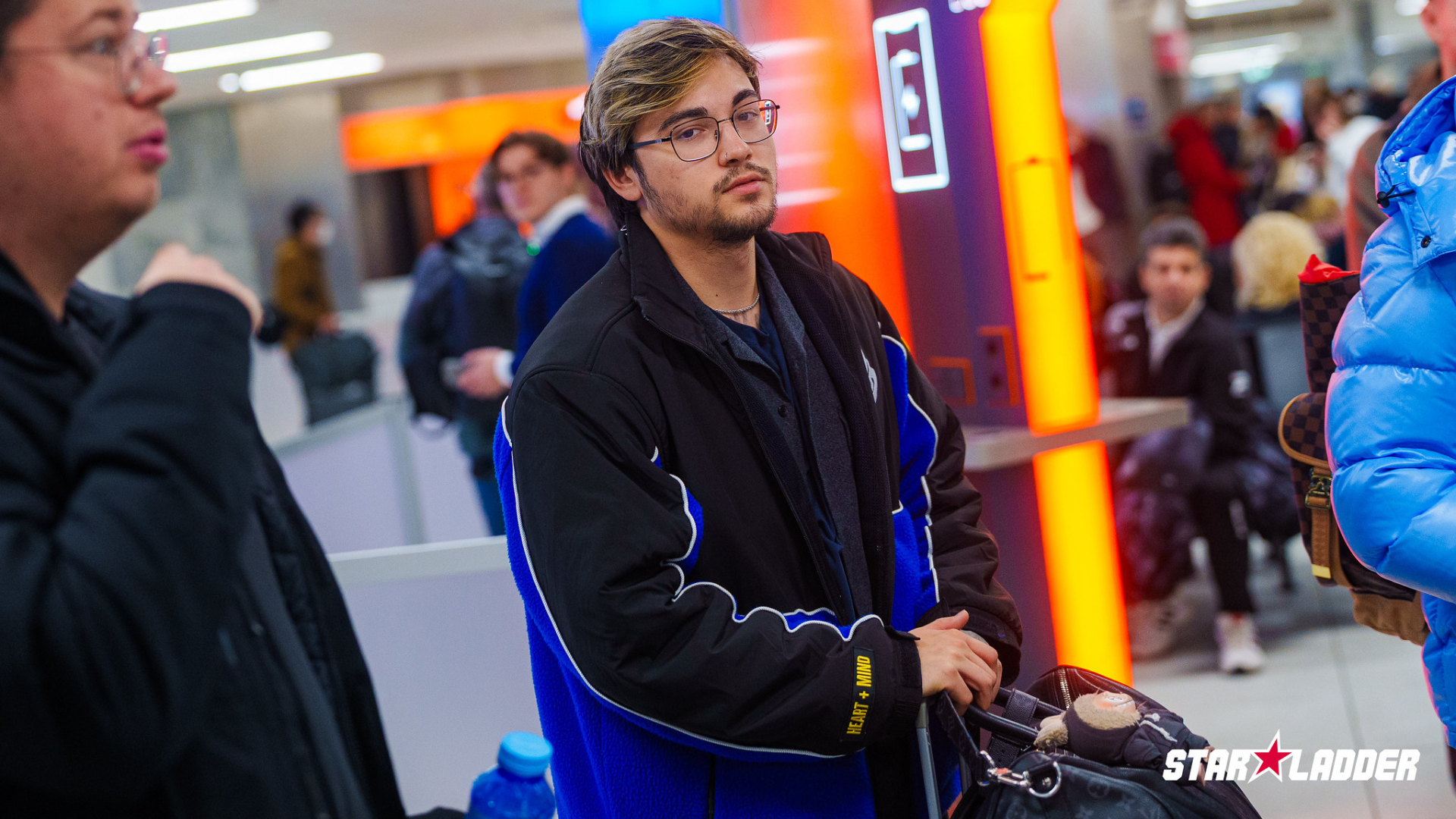
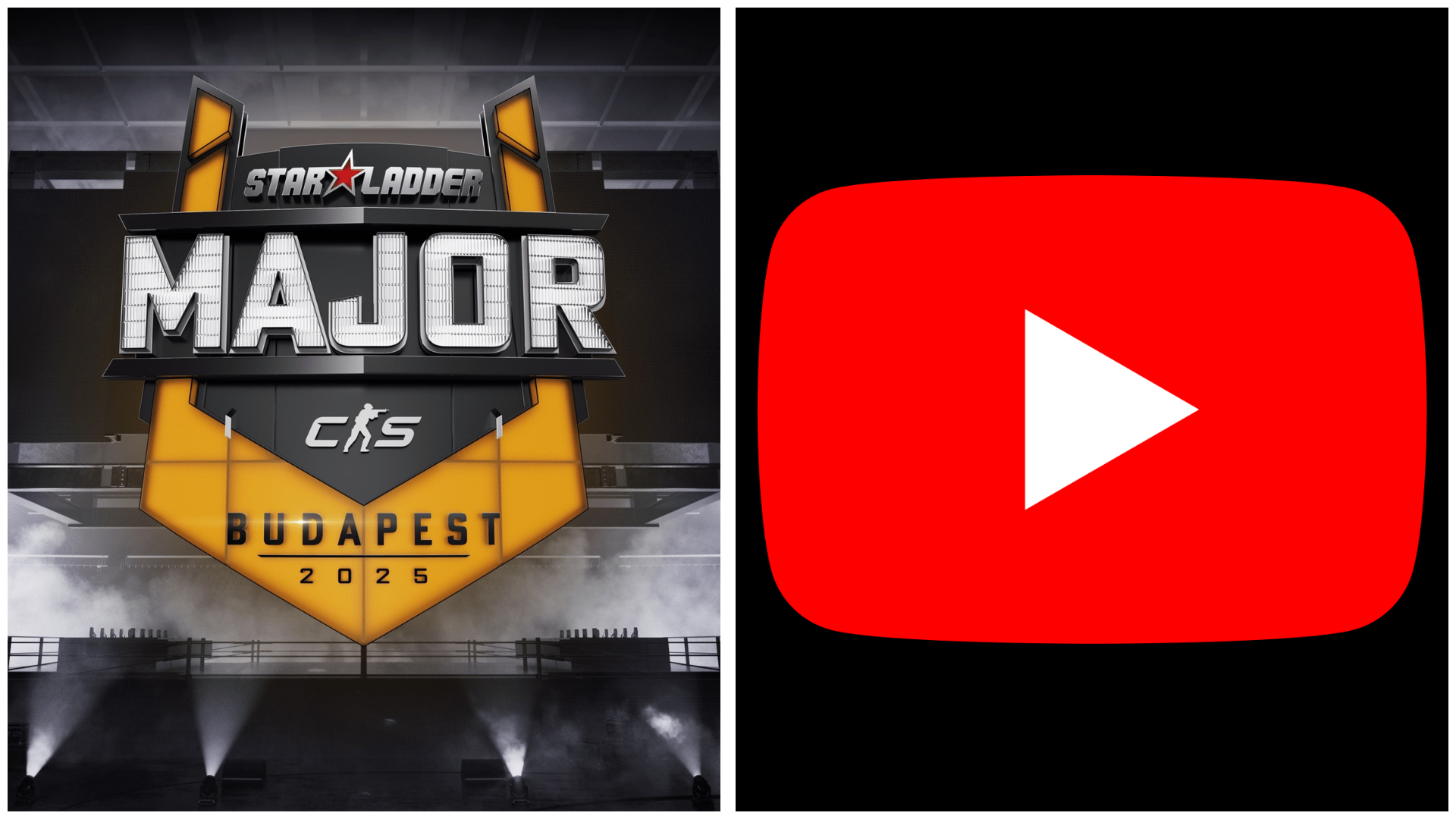
Published: Oct 5, 2016 07:47 pm